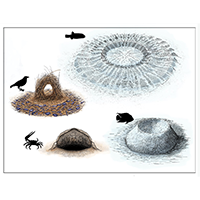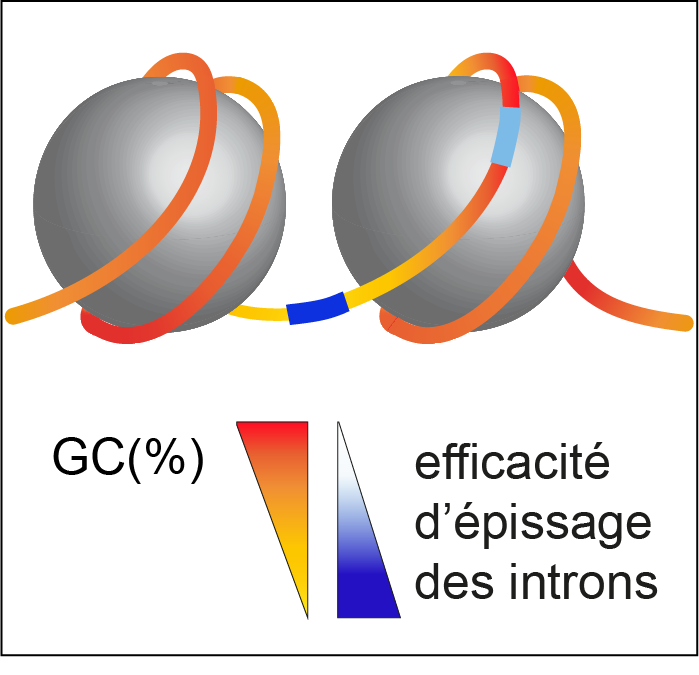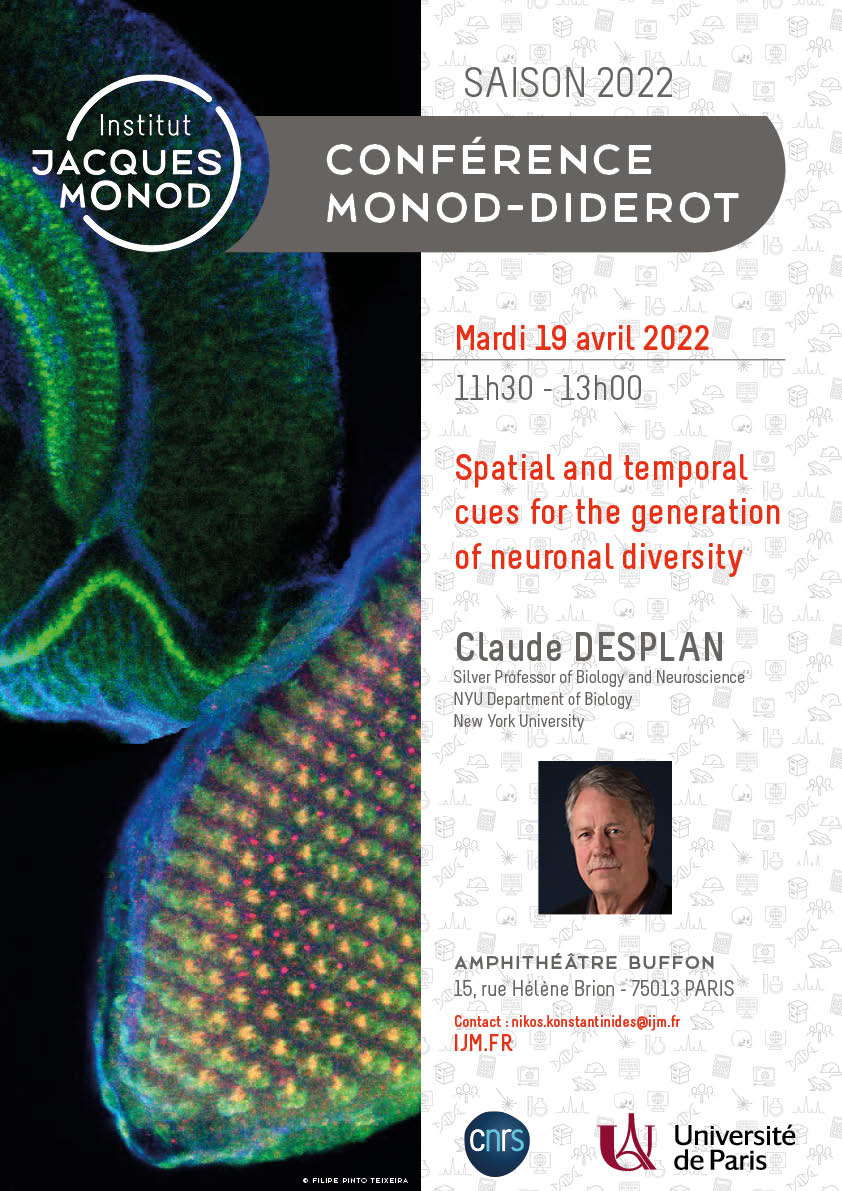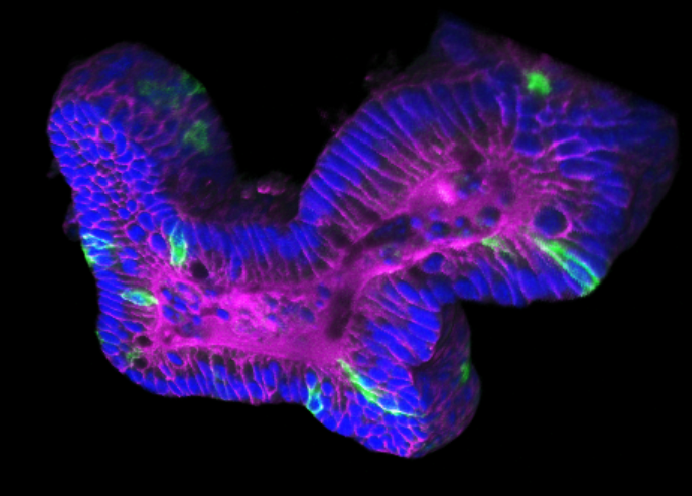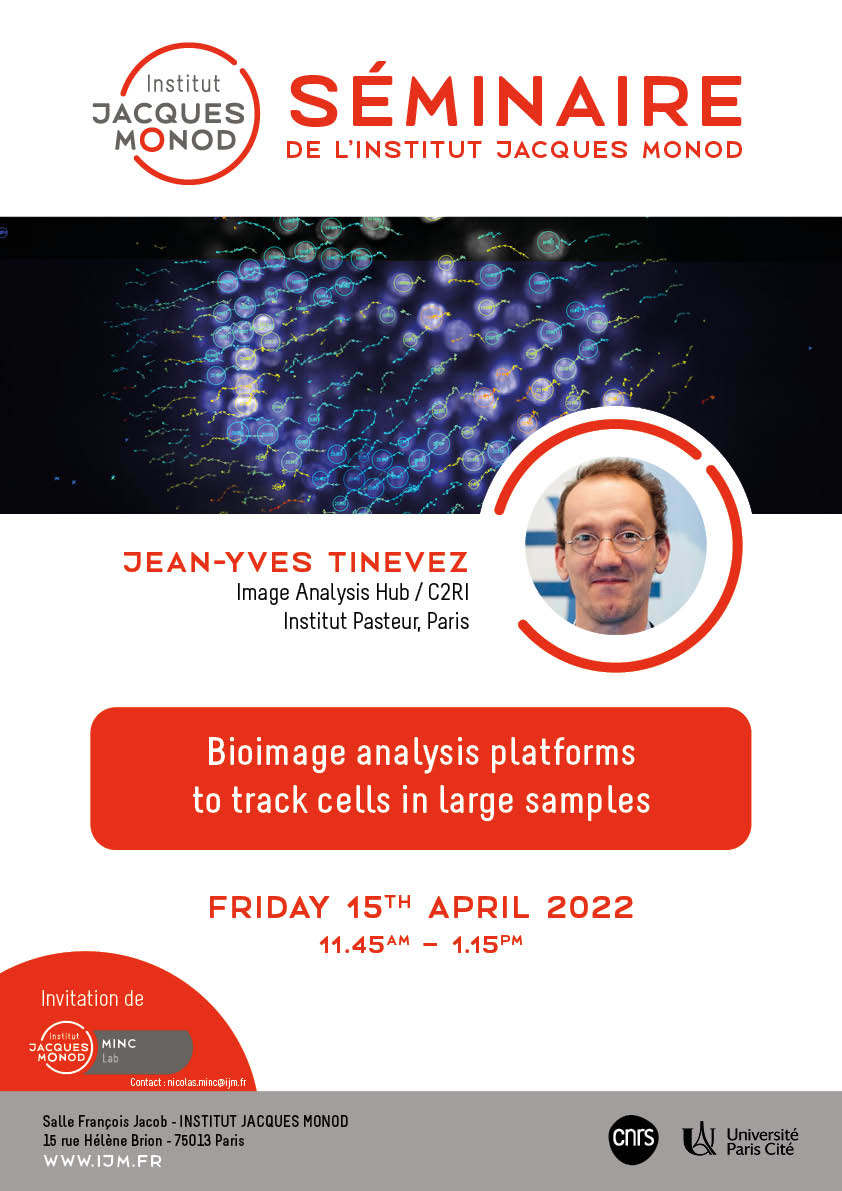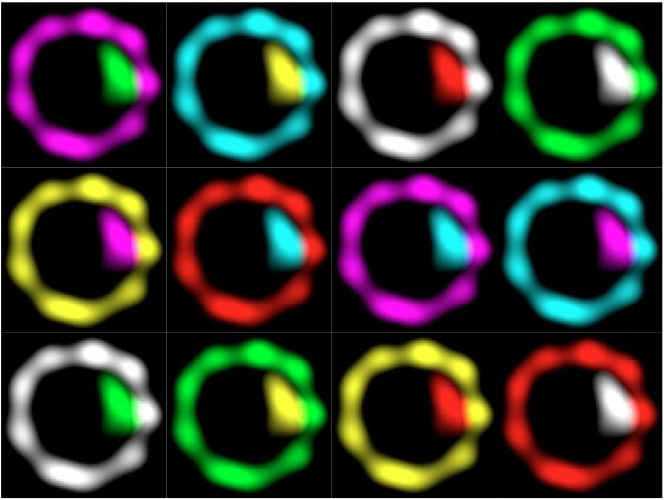A new paper just published in Nature by Nikos Konstantinides!
Congratulations to all the authors
A complete temporal transcription factor series in the fly visual system
Abstract
The brain consists of thousands of neuronal types that are generated by stem cells producing different neuronal types as they age. In Drosophila, this temporal patterning is driven by the successive expression…



